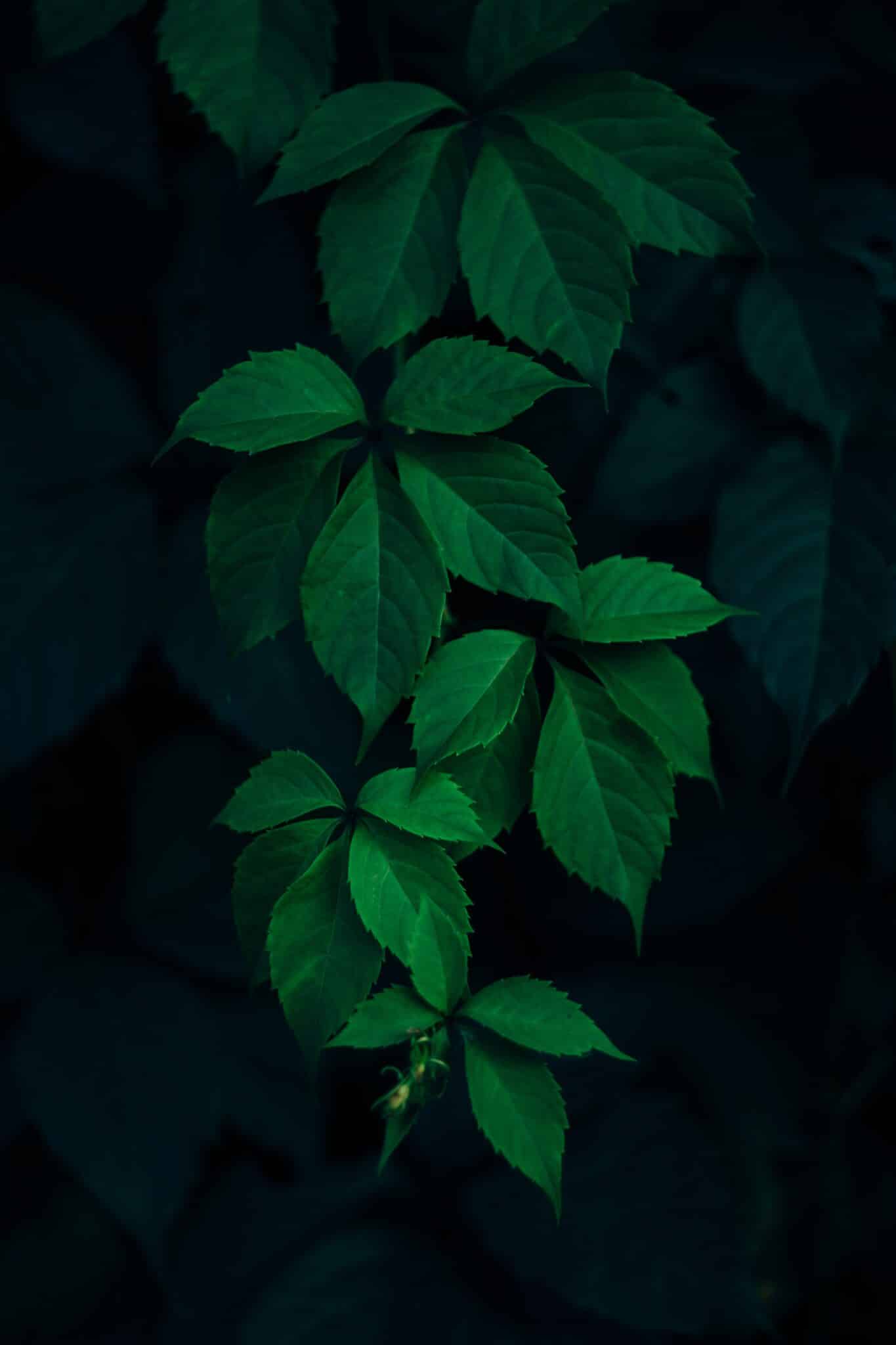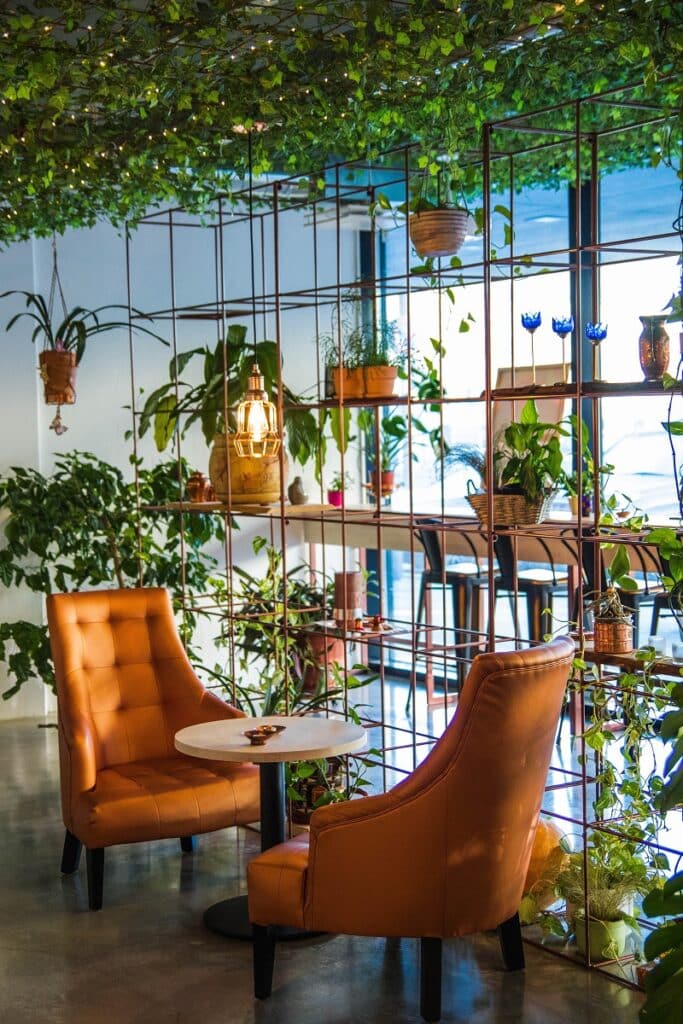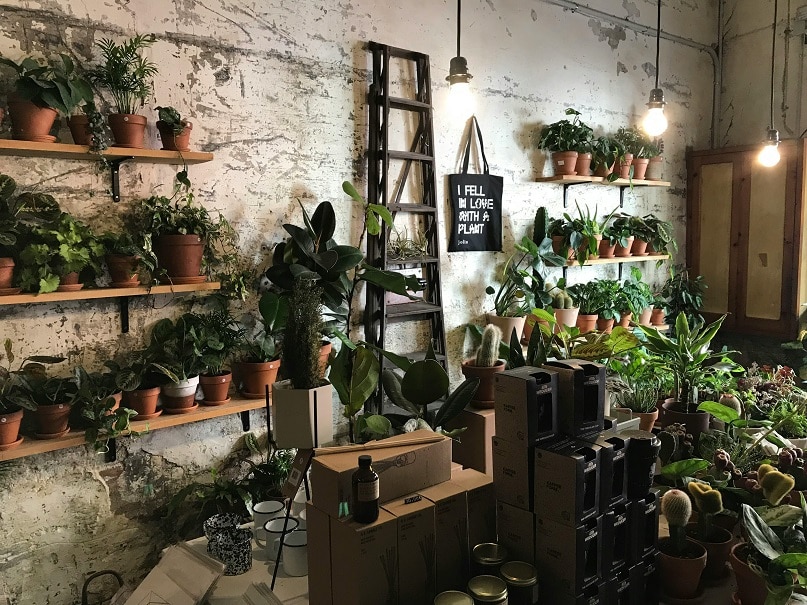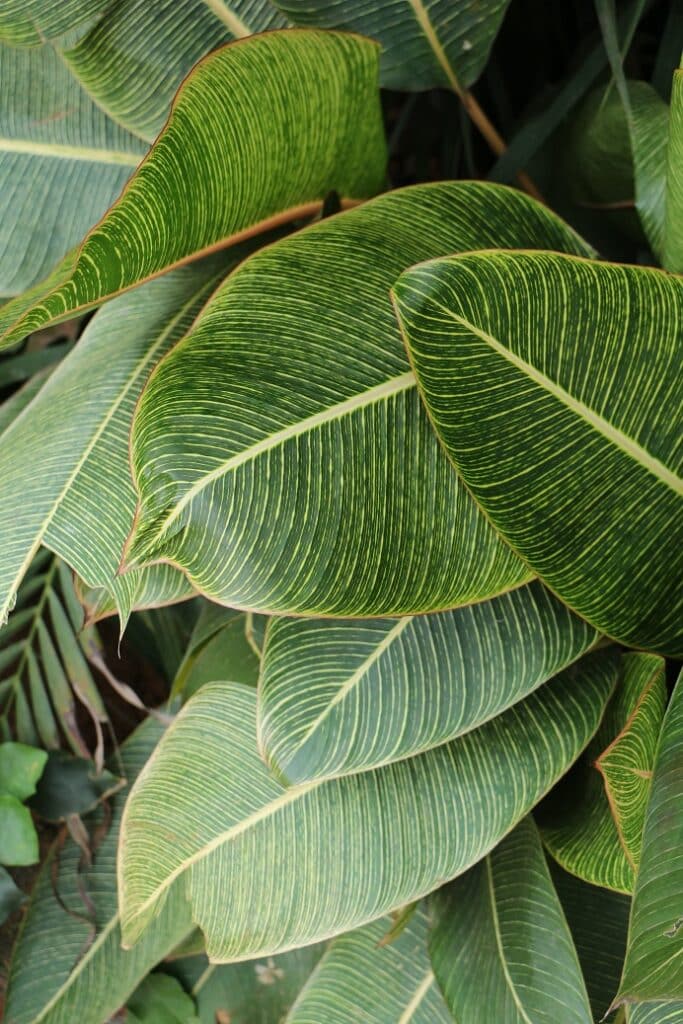So you’ve decided to bring some lush greenery into your home with indoor plants – an excellent choice! But to ensure their healthy growth and longevity, it’s important to know how to drain indoor plants. Waterlogged roots can lead to root rot and eventually the demise of your beloved plant. In this article, we’ll guide you through the simple yet crucial steps on how to drain indoor plants effectively. From choosing the right potting mix to providing proper drainage holes, you’ll learn everything you need to keep your indoor plants thriving and happy.

Understanding the Importance of Proper Drainage
Having proper drainage for your indoor plants is essential for their overall health and well-being. Drainage refers to the ability of the soil to allow excess water to flow out of the pot, preventing waterlogging and root rot. By ensuring proper drainage, you create an environment where your plants can thrive and grow to their full potential.
Need for Proper Plant Drainage
Proper plant drainage is crucial because it allows oxygen to reach the roots of your plants. When excess water accumulates in the pot, it displaces the air pockets in the soil, depriving the roots of oxygen. Without proper oxygenation, the roots can suffocate and die. By ensuring adequate drainage, you prevent this issue and promote healthy root development.
Effects of Improper Drainage on Indoor Plants
If your indoor plants suffer from improper drainage, it can have detrimental effects on their overall health. One of the most common issues is root rot, which occurs when the roots are constantly sitting in waterlogged soil. Root rot can lead to yellowing and wilting leaves, stunted growth, and eventual death of the plant if left unaddressed. Additionally, poor drainage can also increase the risk of fungal and bacterial diseases, as the excess moisture provides an ideal breeding ground for pathogens.
Benefits of Well-Drained Soil
On the other hand, providing your indoor plants with well-drained soil offers several benefits. Firstly, it allows the roots to access the nutrients present in the soil more effectively. With proper drainage, the roots can absorb the necessary nutrients without any hindrance. Secondly, well-drained soil helps maintain the right balance of moisture, preventing waterlogging and the associated issues. Finally, ensuring proper drainage also encourages healthy root growth, leading to stronger and more resilient plants.
Identifying Types of Indoor Plants
Understanding the different types of indoor plants is crucial when it comes to providing them with the right drainage conditions. Different plants have varying drainage requirements, depending on factors such as their root systems and natural habitat. By identifying the specific type of indoor plant you have, you can tailor your drainage approach accordingly.
Different Types of Indoor Plants
Indoor plants can be classified into various categories, such as foliage plants, flowering plants, succulents, and trailing plants. Each category has unique characteristics and requirements, including their drainage preferences. Foliage plants, for instance, often prefer slightly moist soil but can suffer if the soil becomes waterlogged. Succulents, on the other hand, require well-drained soil as they are adapted to arid environments.
Specific Drainage Requirements for Different Plants
Once you have identified the type of indoor plant you have, it is essential to understand its specific drainage requirements. Some plants, like orchids, require a well-drained mix that allows water to flow freely, mimicking their natural epiphytic habitat. Others, such as ferns, prefer a slightly more moisture-retaining soil while still requiring adequate drainage. By researching the specific needs of your plants, you can ensure you provide them with the right drainage conditions they require to thrive.
Understanding Plant Root Systems
Another factor to consider when addressing indoor plant drainage is the root system of the plants. Some plants, like Sansevieria or snake plants, have shallow root systems that do not require a deep pot. Others, like Ficus trees, develop deep roots and therefore need a larger and deeper pot to provide enough room for their roots to grow. Understanding the root system of your plants will help you choose the appropriate pot size and ensure effective drainage.

Selecting the Right Pot
Choosing the right pot is a crucial step in creating a proper drainage system for your indoor plants. The type of pot and its material can impact the drainage capabilities, as well as the overall health of your plants.
Types of Pots Suitable for Indoor Plants
There are several types of pots available for indoor plants, including plastic, ceramic, terracotta, and fabric pots. Each type has its advantages and disadvantages when it comes to drainage. Plastic pots, for example, tend to retain more moisture and may require additional measures to promote proper drainage. Ceramic pots, on the other hand, can be porous, allowing for better airflow and drainage. Consider the specific needs of your plants and the characteristics of each pot type before making a decision.
How the Material of the Pot Can Affect Drainage
The material of the pot plays a significant role in determining the drainage capabilities. Porous materials, such as terracotta or clay pots, allow for better drainage as they absorb excess moisture from the soil. These pots also prevent the soil from becoming waterlogged and provide a suitable environment for the roots. However, non-porous materials like plastic or glazed ceramic pots can hinder drainage and may require additional measures, such as adding drainage holes or using a well-draining soil mix.
Choosing the Correct Pot Size
Selecting the right pot size is essential to ensure proper drainage for your indoor plants. A pot that is too small can restrict root growth and cause water to accumulate, leading to waterlogging. On the other hand, a pot that is too large can result in excess soil moisture. It is important to choose a pot size that allows for adequate space for the plant’s root system to grow while still promoting proper drainage. Consider the current size of your plant and its growth potential when selecting a pot.
Proper Soil Selection
The choice of soil for your indoor plants is crucial in creating an effective drainage system. Different types of soil offer varying levels of drainage and moisture retention, and it is important to choose the right soil for your specific plant type.
Understanding the Different Types of Soil
Various types of potting soil are available, each with its unique characteristics. Standard potting soil is a common choice for indoor plants and offers moderate drainage and water retention capabilities. Cactus or succulent soil, on the other hand, is specifically formulated for plants that require excellent drainage. It usually contains a higher proportion of sand or perlite to promote better airflow and prevent waterlogging. Additionally, you can create a customized soil mix by combining peat moss, perlite, vermiculite, and other organic materials based on the specific needs of your plants.
Choosing the Right Soil for Your Plant Type
When selecting the soil for your indoor plants, consider the specific needs of the plant type and its drainage requirements. Succulents, for example, require a soil mix that provides excellent drainage to prevent their roots from sitting in waterlogged soil. On the other hand, ferns prefer a soil mix that retains slightly more moisture. Research the specific requirements of your plants and choose a soil mix that supports their growth while promoting proper drainage.
Role of Soil in Plant Drainage
The soil acts as a medium for water to flow through, and its composition plays a significant role in determining drainage capabilities. Soil that is too compacted or heavy can prevent water from draining properly, leading to waterlogging. On the other hand, soil that is too loose can result in rapid drainage, making it challenging for the roots to absorb the necessary moisture. By selecting the right soil and ensuring a suitable composition, you create an environment that allows excess water to flow out of the pot while retaining adequate moisture for the roots.

Preparing the Pot for Drainage
To ensure proper drainage for your indoor plants, it is essential to prepare the pot appropriately. This involves adding drainage holes, incorporating layers of gravel or pebbles, and using a coffee filter or mesh to prevent soil loss.
Adding Drainage Holes to the Pot
Drainage holes are essential to allow excess water to escape from the pot and prevent waterlogging. Before planting your indoor plants, ensure that your pots have drainage holes at the bottom. If your pots do not have pre-drilled holes, use a drill to create them. This simple step helps promote better airflow and prevents the roots from suffocating due to water accumulation.
Procedure for Adding Layers of Gravel or Pebbles
Adding a layer of gravel or pebbles at the bottom of the pot can further enhance the drainage capabilities. After adding the drainage holes, place a layer of gravel or pebbles at the base of the pot. This layer helps create a space for excess water to collect without saturating the soil above. Additionally, it prevents the soil from blocking the drainage holes, ensuring that water can flow freely.
Placement of a Coffee Filter or Mesh to Prevent Soil Loss
To prevent the soil from escaping through the drainage holes while still allowing water to flow out, consider placing a coffee filter or a piece of mesh over the layer of gravel or pebbles. This prevents soil loss while still allowing water to drain effectively. The coffee filter or mesh acts as a barrier, preventing the soil particles from escaping but still allowing water to pass through freely.
Watering Techniques for Proper Drainage
Proper watering techniques are essential for maintaining a healthy drainage system for your indoor plants. Different plants have varying water requirements, and it is crucial to water them appropriately to prevent under- or overwatering.
Correct Watering Methods for Different Plants
Each plant type has its specific watering needs, and understanding them is crucial for proper drainage. Some plants prefer to dry out slightly between waterings, while others require consistently moist soil. Research the specific watering requirements of your plants and adjust your watering schedule accordingly. It is always better to underwater than overwater, as excessive moisture can lead to poor drainage and root rot.
Watching for Signs of Overwatering
Overwatering is a common mistake that can affect proper drainage. One of the key signs of overwatering is wilting or yellowing leaves, especially if the soil is consistently moist. Additionally, if the pot feels heavy and the soil appears excessively damp, it is an indication that you may be overwatering. Be vigilant and observe your plants closely to prevent issues related to poor drainage caused by overwatering.
Taking the Season and Weather into Account While Watering
The season and weather also play a significant role in determining your watering schedule and ensuring proper drainage. During the hot summer months, your plants may require more frequent watering to compensate for the increased rate of evaporation. Conversely, during the colder months or in cooler climates, your plants may require less water due to reduced evaporation rates. Adapt your watering schedule based on the specific needs of your plants, the prevailing weather conditions, and the season to maintain proper drainage.
Placement and Re-Potting of Indoor Plants
Where you place your indoor plants and how you handle the re-potting process can impact their drainage system. Proper placement based on light and humidity needs, as well as knowing when and how to re-pot, are crucial for maintaining a healthy drainage system.
Basing Plant Placement on Light and Humidity Needs
Placing your indoor plants in the right location is essential for their overall health, including their drainage requirements. Different plants have varying light and humidity needs, which can impact their watering and drainage requirements. Place your plants in areas that provide them with the right amount of light and humidity they need for optimal growth. This ensures that the soil is not over or underwatered, promoting proper drainage.
When and How to Re-Pot an Indoor Plant
Re-potting your indoor plants is necessary when they outgrow their current pots or when the soil becomes compacted. When re-potting, it is important to follow proper procedures to maintain the drainage system. Choose a pot that is one or two sizes larger than the current one to allow for root growth and effective drainage. Additionally, ensure that the new pot has drainage holes and use a suitable soil mix to optimize drainage. Re-potting can rejuvenate your indoor plants’ health and prevent drainage issues caused by overcrowding or compacted soil.
Drainage Tips During the Re-Potting Process
During the re-potting process, it is crucial to ensure proper drainage to maintain the health of your indoor plants. When removing the plant from its current pot, gently shake off any excess soil, taking care not to damage the roots. This helps prevent compacted soil from obstructing drainage in the new pot. Additionally, choose a soil mix that provides adequate drainage and settle it around the roots, ensuring there are no air pockets. Proper drainage during the re-potting process promotes healthy root growth and prevents issues associated with poor drainage.
Caring for the Drainage System
Maintaining the drainage system of your indoor plants is essential for their long-term health and well-being. Regular checks, cleaning and maintaining the pots, and spotting signs of poor drainage are all important aspects of caring for the drainage system.
Regular Checks for Blocked Drainage Holes
Blocked drainage holes can hinder the proper drainage of your indoor plants and contribute to waterlogging. Routinely check the drainage holes to ensure they are clear of any debris or soil particles that may accumulate over time. Use a small brush or a toothpick to remove any obstructions and ensure that water can flow freely out of the pot.
Cleaning and Maintaining the Pots
Keeping the pots clean and well-maintained is crucial for the overall health of your indoor plants’ drainage system. When watering, some soil particles may splash onto the pot’s sides or rim, potentially blocking the drainage holes. Regularly clean the pots by gently wiping them with a damp cloth or rinsing them with water to remove any dirt or debris. This helps maintain the effectiveness of the drainage system and prevents issues caused by clogged drainage holes.
Spotting Signs of Poor Drainage
It is important to be able to recognize the signs of poor drainage in your indoor plants. Wilting or yellowing leaves, stunted growth, or a foul odor emanating from the pot are all indications that your plant may be suffering from waterlogging or root rot due to poor drainage. By spotting the signs early on, you can take appropriate measures to address the drainage issue and prevent further damage to your plant.
Fixing Drainage Issues
If you encounter drainage issues with your indoor plants, it is crucial to address them promptly to prevent further damage. Whether it is resolving waterlogging, dealing with root rot, or implementing recovery measures for overwatered plants, taking the right steps can help save your plants and restore their health.
Resolving Issues of Waterlogging
If your indoor plants are experiencing waterlogging, it is important to act quickly to prevent root damage and further deterioration. Carefully remove the plant from the pot and inspect the roots for any signs of rot or damage. Trim away any infected or rotting roots and replant the plant in a well-draining soil mix in a pot with proper drainage holes. Adjust your watering schedule and ensure that the pot and soil have adequate airflow to prevent waterlogging in the future.
Dealing with Root Rot Due to Poor Drainage
Root rot is a common issue caused by poor drainage and excess moisture, and it can have severe consequences for your indoor plants. If you notice signs of root rot, such as mushy or discolored roots, it is crucial to take immediate action. Remove the affected plant from the pot, wash off the soil from the roots, and trim away any rotting or infected roots. Allow the roots to dry for a short period before repotting in well-draining soil. Adjust your watering schedule and ensure proper airflow to prevent future occurrences of root rot.
Recovery Measures for Overwatered Plants
If you have accidentally overwatered your indoor plants, there are measures you can take to help them recover. Begin by removing the excess water from the pot, either by gently tilting the pot or temporarily transferring the plant to a pot without drainage holes. Allow the soil to dry out slightly before returning the plant to its original pot with proper drainage. Adjust your watering schedule, take care not to overwater again, and monitor the plant closely for signs of recovery.
Creating a Proper Indoor Plant Drainage System
In some situations, creating a proper indoor plant drainage system may require additional measures beyond the basic steps mentioned earlier. Incorporating a saucer or drip tray, understanding the use of self-watering pots, and exploring options for drainage if the plant cannot be moved can all contribute to a more efficient drainage system.
Incorporating a Saucer or Drip Tray
Using a saucer or drip tray beneath the pot can help collect excess water and prevent it from damaging the surfaces where the plants are placed. When watering your plants, allow any excess water to drain into the saucer or tray and then discard the water after a short period. This prevents water from accumulating at the bottom of the pot and impacting proper drainage.
Understanding the Use of Self-Watering Pots
Self-watering pots can be a convenient option for indoor plants while also promoting proper drainage. These pots are designed with a reservoir at the bottom that gradually releases water into the soil as needed. The excess water is collected in a separate compartment, preventing it from saturating the soil and blocking proper drainage. Self-watering pots provide a consistent water supply while minimizing the risk of overwatering and ensuring effective drainage.
Options for Drainage if the Plant Cannot Be Moved
In some cases, it may not be feasible to move an indoor plant to improve its drainage. For example, large or heavy plants may be difficult to relocate. In such situations, you can consider using alternative drainage techniques, such as adding a layer of perlite or vermiculite to the top layer of the soil. This layer helps absorb excess water and promotes better drainage without the need to transplant the plant. Additionally, monitoring the watering schedule closely and adjusting it based on the plant’s needs can also help improve drainage even if the plant cannot be moved.
By following the steps outlined in this comprehensive guide, you can ensure proper drainage for your indoor plants. Understanding the importance of drainage, identifying different types of indoor plants, selecting the right pot and soil, preparing the pot for drainage, watering correctly, and caring for the drainage system are all necessary for maintaining the health and vitality of your indoor plants. With a well-functioning drainage system in place, your plants can thrive and bring beauty and life to your indoor space.




